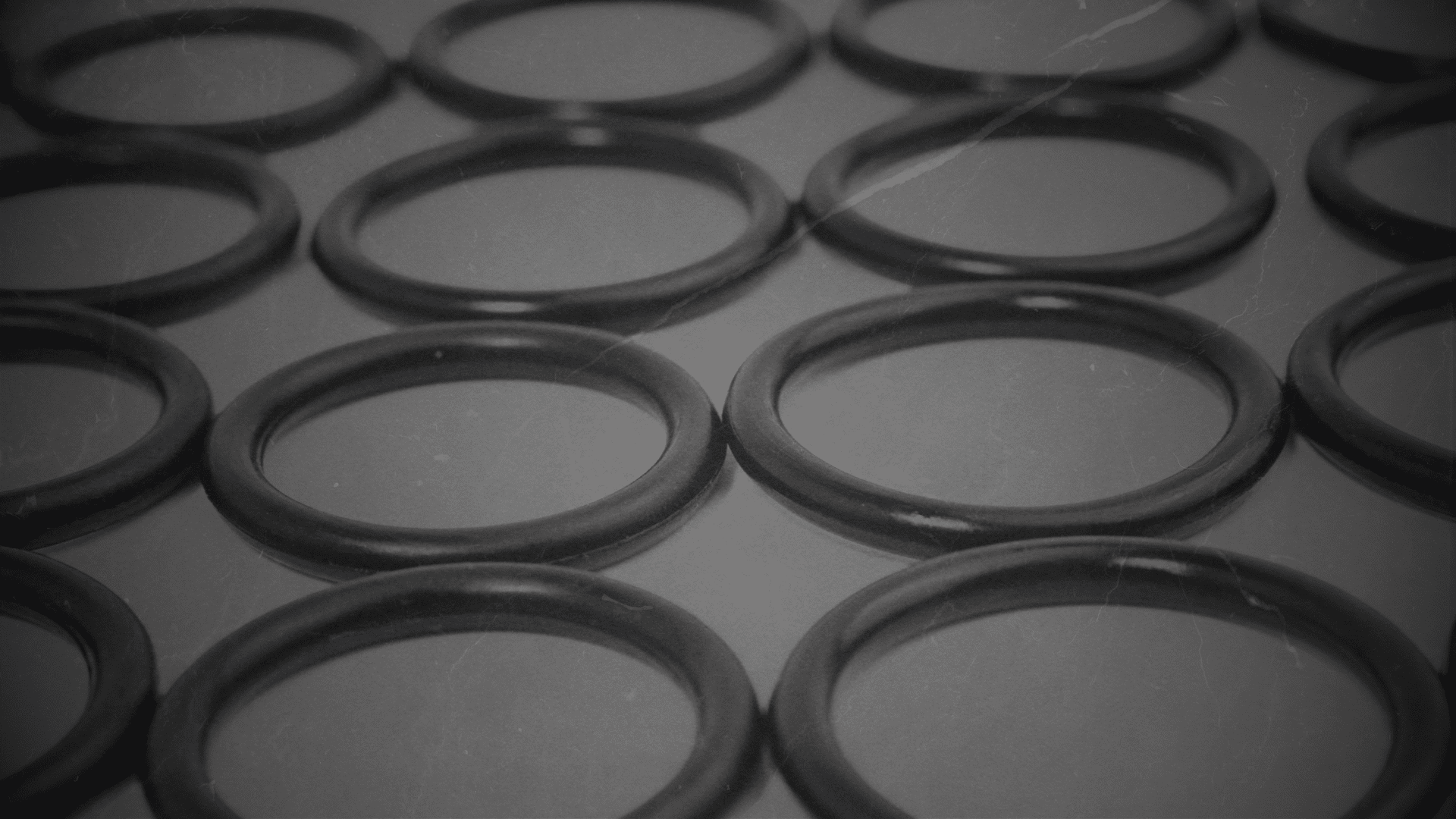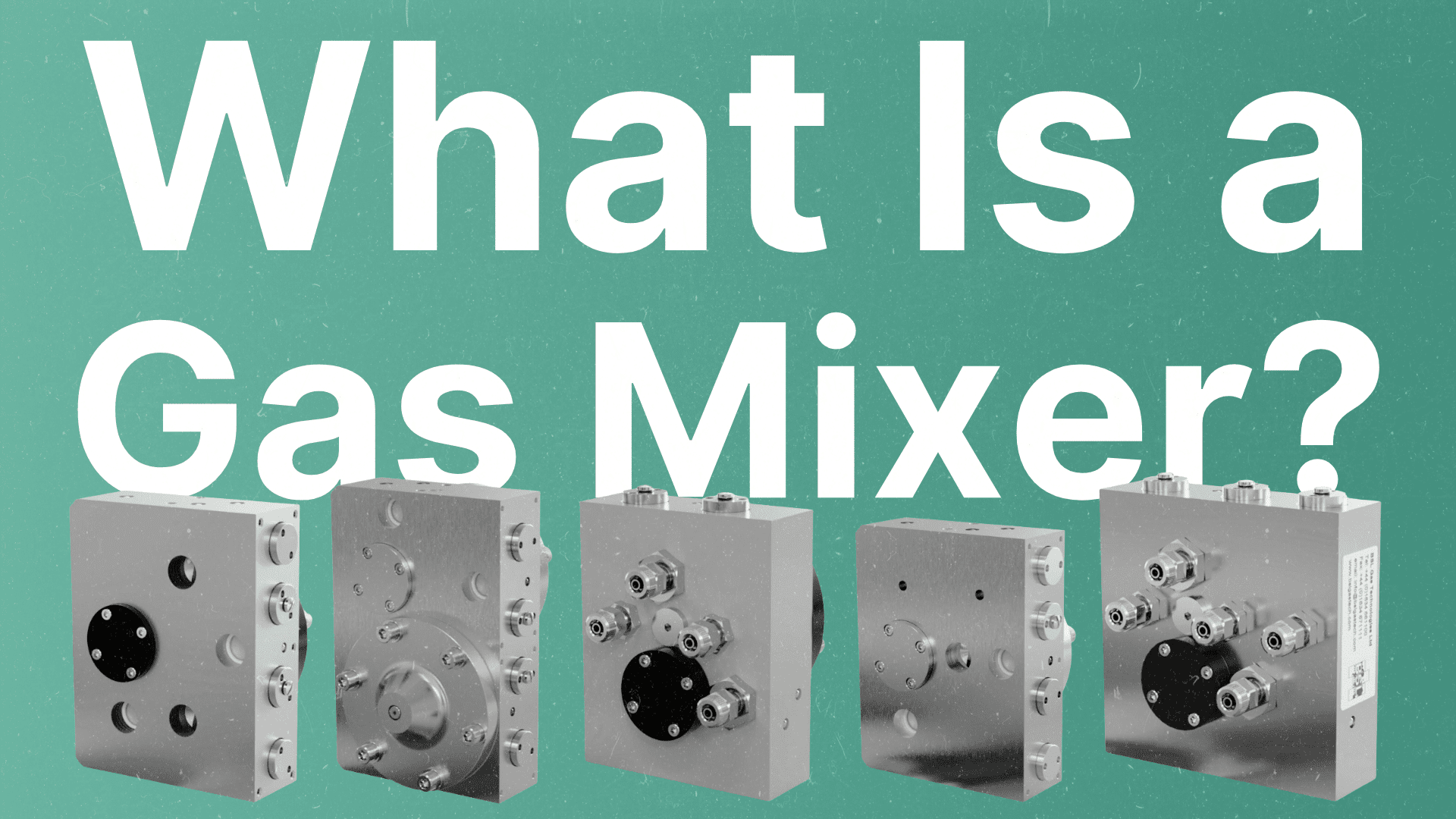Over the past 30 years, we’ve developed our gas mixing solutions to be able to run with very little maintenance. Remarkably, without the need for buffer tanks or electricity, some of our gas mixing systems have been operating for over two decades without a second glance! This demonstrates the durability and longevity of our equipment, but it is crucial to consider that real-life applications can vary significantly from ideal conditions, impacting the life expectancy of your gas mixing panels.
One particular factor is the wear and tear of the rubber components inside your gas mixer. The most significant advantage of using rubber components is the flexibility they can provide within your gas mixing system. Whether it’s an o-ring, rubber diaphragm or regulator seal, the ability to adjust and tailor these components to your specific requirements can make or break your gas mixing system.
Over time, the continuous pressure, contact with certain gases, dirt particles and wear and tear can compromise the viability of your rubber components. As rubber ages, it loses elasticity, becomes brittle and is more prone to cracking and leaks. The more precisely your gas mixer needs to operate, the more dependent it becomes on the replacement of rubber products to maintain its accuracy. This can compromise your gas mixtures, leading to potential safety hazards. Therefore, it is vital to follow the recommended regular maintenance procedures to keep your gas mixing system performing at its best!
How often should I refurbish my mixing equipment?
We recommend refurbishing your gas mixing valves at least every five years. This process involves stripping the valves, replacing all internal parts and rebuilding and recalibrating your panel before providing a new test certificate.
We house a fully operational workshop dedicated to the reconstruction, revitalisation and testing of a wide range of gas mixing products. During a BSL refurbishment, our team of experts will replace all major parts, including rubber seals, filters and bearings, with top-quality components that are hand-picked from our stores.
How can I prevent rubber degradation when working with oxygen?
When gas is mixed with oxygen, high levels of oils, traces of harsh media or general humidity can require the placement of these components more frequently. To prevent this wear, we supply an extensive range of in-line combination, coalescing and adsorbing gas filters to protect your process, but that’s not all we do.
There are specific rubber materials designed for use with oxygen. One of the most versatile materials for oxygen is EPDM, which comes in both food-grade and non-food-grade forms. Another suitable branded product for oxygen use is Viton and we always opt to use these components when building your oxygen-safe gas mixing panel.
Alongside oxygen exposure, several factors come into play when it comes to the lifespan of your rubber components, such as:
- Storage and handling: proper storage and handling of rubber components before installation is crucial for their performance and longevity. Exposure to ozone, UV light and fluctuating temperatures during storage can deteriorate the rubber, reducing its effectiveness when put into service. To prevent this, we store all of our rubber products in cool, dark and dry conditions to slow the effects of rubber degradation. We also work by a strict data protocol and do not use any rubber components that are within five years of their lifespan.
- Temperature and temperature cycling: temperature fluctuations can significantly impact the performance of your rubber components. Excessive heat can cause the rubber to turn brittle, while extreme cold can make it rigid. Continuous cycling between different temperatures can exacerbate wear and tear, leading to premature failure. If component longevity is a priority for you, it’s essential to maintain as close to a constant environment for your gas mixing equipment as possible.
- Usage frequency: the frequency of use plays a significant role in the wear and tear of your rubber components. Constant and heavy usage patterns and planning replacements accordingly are good ways to maintain the efficiency of your gas mixing equipment.
To ensure the longevity and reliability of your gas mixing equipment, it’s important to understand the factors that influence rubber degradation and to adhere to a regular refurbishment schedule.
For further guidance on maintaining your gas mixing equipment and selecting the right product for your application, contact our experienced team today. We provide free technical advice and dedicated engineering support to help you make informed decisions. You can also visit our Help Centre for more information on installing, maintaining and operating your gas mixing equipment.
What to Do Next
Get in touch with us today. We can help you with all your gas mixing needs. If you can’t find what you’re looking for on our website, don’t worry – we’ll still be able to assist you.
Just give us a call or send us an email with your requirements and we’ll get your project moving. Make sure you’re following us on Facebook, X, LinkedIn, and YouTube so you never miss an update from us.




